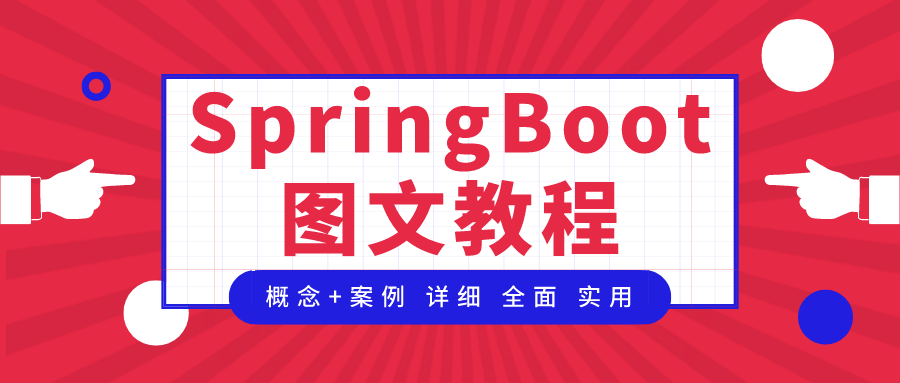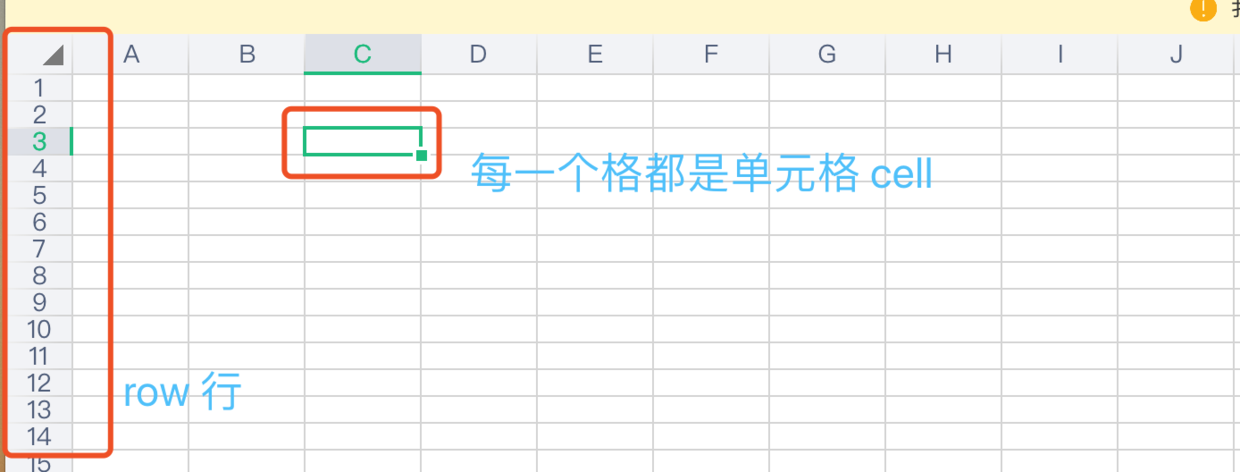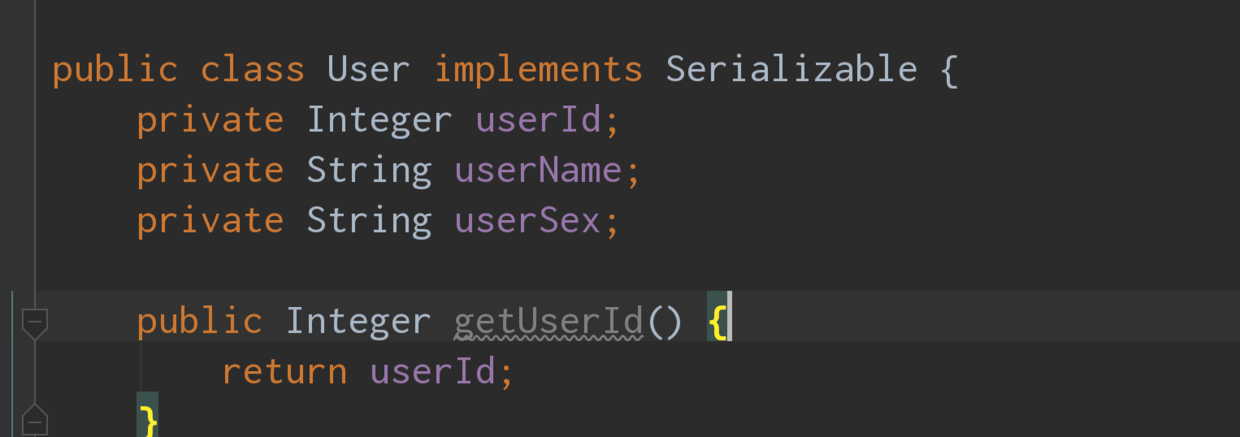
The concept of flying in the sky requires the realization of landing
-Ten concepts are not as good as code, friend. I hope you'll hit through all the code cases in this article
-First approve then see, develop a habit
Table of Contents for SpringBoot Tutorial Series Articles
- SpringBoot Picture Tutorial 1 "Concepts + Case Mind Maps" "Foundation Text"
- SpringBoot Tutorial 2 - Use of Logbacks and log4j for Logs
- SpringBoot Tutorial 3 "First Love Complex" Integrated Jsp
- SpringBoot Tutorial 4 - File upload and download with SpringBoot
- SpringBoot Tutorial 5 - Using Aop in SpringBoot
- Use of filters in SpringBoot tutorial 6-SpringBoot
- SpringBoot Graphics Tutorial 7 - Position of the SpringBoot interceptor
- SpringBoot Tutorial 8 - SpringBoot Integrated MBG Code Generator
Preface
The import and export function of Excel file is a very common function in the project. There are many business scenarios using this technology, such as import and export of customer information, import and export of operation data, import and export of order data, etc.
So how do you use Poi in SpringBoot?From the beginning of this article, we will talk about three positions using Poi: Apache Poi, EasyPoi, and Ali's open source EasyExcel.
Say nothing and start right away.

Integrated Poi
What is Poi
Apache Poi is an open source project for Apache that uses Java code to read and generate Excel documents using poi technology.
There's very little introduction to Poi, so let's just say a few things about Excel
1. There are two commonly used Excel formats through office Excel software or wps: xls and xlsx

2. Both of the files in the diagram above are Excel files and contain several tables in one Excel file

3. A table can be divided into rows of many rows, each row into many cell s

Poi's abstracted object from Excel
I've just said a few things about Excel files, but that's what you need to use in your computer. If you want to import Excel files through SpringBoot, you have to do it through classes and methods.
So all the above mentioned nouns are encapsulated in Poi.The corresponding relationships are as follows:
| Concepts in Excel |
Object corresponding to Poi |
|---|---|
| Excel File |
HSSFWorkbook (xls)XSSFWorkbook(xlsx) |
| Excel's worksheet |
HSSFSheet |
| Excel row |
HSSFRow |
| Cells in Excel | HSSFCell |
| Excel Font |
HSSFFont |
| Excel Cell Style | HSSFCellStyle |
| Excel color |
HSSFColor |
| merge cell |
CellRangeAddress |
Basic use of Poi
The entity classes to be exported are as follows:

1. Import dependencies into the project
<dependency>
<groupId>org.apache.poi</groupId>
<artifactId>poi</artifactId>
<version>3.14</version>
</dependency>
<dependency>
<groupId>org.apache.poi</groupId>
<artifactId>poi-ooxml</artifactId>
<version>3.14</version>
</dependency>
<dependency>
<groupId>org.apache.poi</groupId>
<artifactId>poi-ooxml-schemas</artifactId>
<version>3.14</version>
</dependency>2. Write the exported code in the test class as follows:
/**
* Export Data
*/
@Test
public void test2() throws IOException {
// 0. Preparing data
User user = new User();
user.setUserId(1);
user.setUserName("hhhh");
user.setUserSex("male");
String[] titles = {"number","Name","Gender"};
/**
* Write title bar data first
*/
// 1. Create File Object Create HSSFWorkbook can only write Excel in xls format
// Writing xlsx requires creating an XSSFWorkbook in the same way as the two basic Api uses
HSSFWorkbook workbook = new HSSFWorkbook();
// 2. Create table objects
HSSFSheet sheet = workbook.createSheet("users");
// 3. Create title bar (first line) parameter as line subscript line subscript from 0
HSSFRow titleRow = sheet.createRow(0);
// 4. Write data in the title bar
for (int i = 0; i < titles.length; i++) {
// Creating Cells
HSSFCell cell = titleRow.createCell(i);
cell.setCellValue(titles[i]);
}
/**
* Writing user data
*/
// 5 Create rows that need to be traversed if they are a collection of user data
HSSFRow row = sheet.createRow(1);
// 6 Write user data to rows
row.createCell(0).setCellValue(user.getUserId());
row.createCell(1).setCellValue(user.getUserName());
row.createCell(2).setCellValue(user.getUserSex());
// Save the file to a location where the local parameter is to be written out
workbook.write(new FileOutputStream("/Users/k/Desktop/hhh.xls"));
}
The resulting Excel file is as follows
3. Excel Import

/**
* File import is actually a reverse operation of file export
*/
@Test
public void test3() throws Exception {
// 1. Read Excel files by streaming
FileInputStream inputStream = new FileInputStream("/Users/k/Desktop/hhh.xls");
// 2. All the data of the Excel file is encapsulated in the object from the poi parsing stream HSSFWorkbook processing stream
HSSFWorkbook workbook = new HSSFWorkbook(inputStream);
// 3. Get table object getSheetAt s from file by subscript
HSSFSheet sheet = workbook.getSheetAt(0);
// 4. Get row data from table Get subscript of last row from second row to last row getLastRowNum()
int lastRowNum = sheet.getLastRowNum();
for (int i = 1; i <= lastRowNum; i++) {
// Get rows from Subscripts
HSSFRow row = sheet.getRow(i);
// Get data from rows
/**
* getNumericCellValue() Get Numbers
* getStringCellValue Get String
*/
double id = row.getCell(0).getNumericCellValue();
String name = row.getCell(1).getStringCellValue();
String sex = row.getCell(2).getStringCellValue();
// Encapsulate in Object
User user = new User();
user.setUserId((int) id);
user.setUserName(name);
user.setUserSex(sex);
// Add Object to Database
System.out.println(user);
}
}
summary
Tips: This article only explains the most basic way to use Poi if you need a more comprehensive way to use it
Follow-up articles Easypoi and EasyExcel, as well as the Poi Chinese API document "40 Postures for manipulating Excel files"
Congratulations on completing this chapter and applauding you!If this article is helpful to you, please comment on it and forward it. It is very important for the author. Thank you.

Let's review the objectives of this article again
*Master the use of Poi in SpringBoot
To learn more about SpringBoot usage, keep an eye on this series of tutorials.
Ask for attention, favor and forwarding
Welcome to my public number: Teacher Deer's Java notes, which will update the Java technology graphics and video tutorials, Java learning experience, Java interview experience and Java development experience in the long term.

